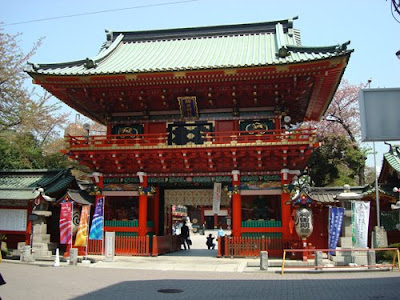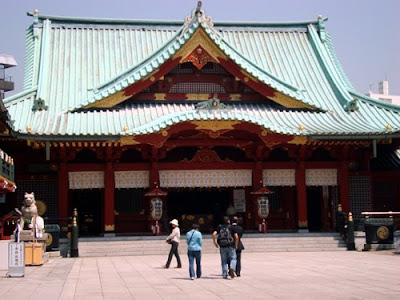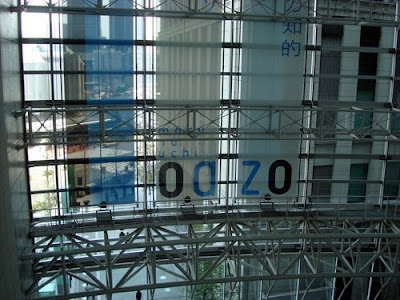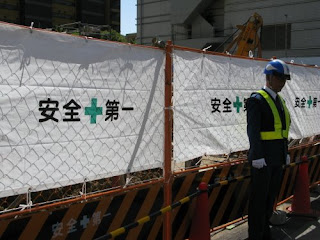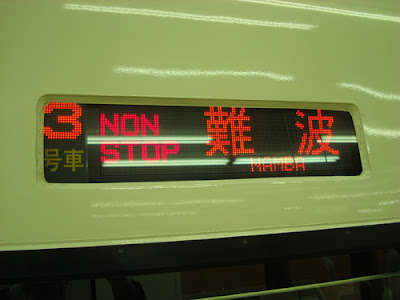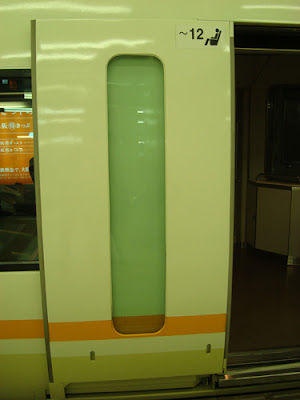清水谷公園
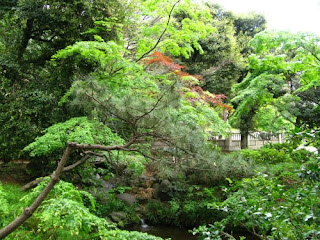
Shimizudani Park in Tokyo’s Chiyoda-ku is a green oasis that is all the more pleasant for not being overly manicured. It retains a wild, forested feel, but also features beautiful flower gardens and a pond with a waterfall. In front of the pond, taking pride of place, is the memorial to Toshimichi Okubo: a stone plinth in the center of the park.
It was here, on what is referred to as the Kioi Slope Incident (Kioizaka no Hen), that Home Minister, Toshimichi Okubo, one of the three great modernizing leaders of Japan (and great-great grandfather of the (less-than-great) present prime minister,
Taro Aso), was assassinated, at age 47, by six disaffected former-samurai on May 14, 1878.
A monument was erected to Okubo’s memory in a valley adjoining land owned, in the Edo era (1603-1868), by the Kii and Ito clans. As there was a clear-water spring on Kii land that ran down into the valley, it was called “Clear Water Valley,” or Shimizudani. In 1889, the builder of the memorial donated the land to what was then Kojimachi Ward (now Chiyoda Ward), and it was opened as a park the next year.
Nearby the memorial to Toshimichi Okubo are two massive cubic stone fixtures that were part of old Edo’s water supply system, used in the Tamagawa River. There is a house-like structure, too, in the park called Kaikoen: a spacious private party and entertainment facility.
Shimizudani Park underwent renovations in 2001, but retains its natural, forested look and feel. In spite of being only 1 hectare (3 acres), the towering trees and winding pathways are almost enough to feel lost in. You certainly lose any sense of being in a city.

The New Otani Hotel is across the road from Shimizudani Park, to the west. The street is lined with high class boutiques and restaurants, and also makes for a pleasant stroll. Just north is the Tokyo accommodation for the members of the House of Councilors (which you will pass if coming from Kojimachi Station), and the Embassy of India.
Access to Shimizudani Park
Exit 2, Kojimachi Station: Yurakucho subway line. Walk till you see a Family Mart convenience store, and turn left just before it. Go straight for 200 meters, then down the steps.
Exit 9a, Nagatacho Station: Hanzomon
subway line, Yurakucho subway line, Nanboku subway line. Turn left off the main Shinjuku-dori Street (AKA Kojimachi-dori Street), then at the bottom of the slope you will see the big Kioicho Building in front of you. Enter the compound and walk along the right of the Kiocho Building. There are steps down to the Park in the back right corner of the compound, open between 7.30am and 11.30 pm.
© Japan Visitor.com
Yahoo Japan Auction ServiceBook a Japanese Hotel with BookingsBook the Ginza Kokusai Hotel TokyoTokyo Serviced ApartmentsJapanese FriendsRough Guide To JapanTagsJapan Tokyo Kyoto Nagoya Japanese











